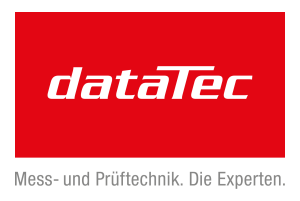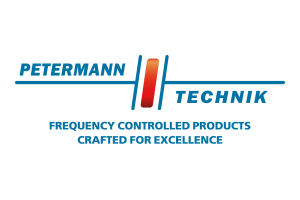Connected Car | In-vehicle Network
Is a Ubiquitous Automotive Ethernet (still) the Right Goal?
Car manufacturers currently have to master extreme challenges. On the one hand, they have to be successful in a market with fierce competition and cost pressure. On the other, they must quickly pick up on trends and technologies from the CE and ICT sectors that digitization is pushing into the car.
Now, vehicle customers buy functionality. A car might also be a status symbol and more, but, first of all, it allows individual mobility from A to B. Customers very rarely care about the in-vehicle network (IVN) inside their cars. Nevertheless, the IVN is essential infrastructure, without which it would, today, be impossible to provide any functions to the vehicle customers at all. Furthermore, the setup of the IVN affects how customer functions are developed and in consequence can be offered to the customer.
Is Ethernet not suitable for the automotive needs?
What we see today are IVNs that have historically grown and consist of many different communication technologies and gateways bridging between these. Most IVNs are like cities, in which different transportation systems (road network, tramways, subways, trains, bike streets, water roads, …) have been developed independently of each other. Connecting all those different systems by building transfer stations and harmonizing the billing system overall means enormous efforts.
This might work up to a point – and some inhabitants might be happy that the system they know best is still being used – but consumes significant resources. Furthermore, it requires workarounds to meet the basic communication needs of the smart city (e.g. Software OTA updates for all public transportation stops), let alone be able to fully embrace and support the requirements of the digitized world. So, what stops us from overhauling the traffic concept completely – much easier possible with a new car model IVN than with a real city – and basing it on ubiquitous Automotive Ethernet? Should Ethernet, after all, simply not be suitable for the automotive needs?
First of all, what has been achieved on the path toward Ethernet as the globally accepted IVN foundation so far is significant. A vast number of industry player across the complete eco-system started as early as 2011 to support the industrialization of Automotive Ethernet in a number of organizations such as the OPEN Alliance, the Avnu Alliance, the International Electrotechnical Commission (IEC), and the International Organization for Standardization (ISO). The technology allowing to transmit a data rate of 100 Mb/s over unshielded cabling – now called 100BASE-T1 and published as IEEE 802.3bw in 2015 – had been introduced into series production cars as early as 2013. By the end of 2020, 100BASE-T1 will have been introduced into series production cars by all major car manufacturers. The next generation 1 Gbps technologies 1000BASE-T1/IEEE 802.3bp and 1000BASE-RH/ IEEE 802.3bv have seen their first SOPs in 2019.
Along with the progress, however, signs of overheating and fatigue also are beginning to appear, and occasionally we even see progress reversed. New physical layer technologies are rolling out faster than developers can understand, industrialize and integrate them for use across millions of passenger vehicles. New standardized speeds are appearing, too — 10 Mbps and the 2.5/5/10 Gbps data rates have been defined (IEEE 802.3cg and IEEE 802.3ch), and now, in anticipation of fully autonomous vehicles, there are projects underway within IEEE to standardize data rates greater than 10 Gbps, reaching as high as 100 Gb/s (IEEE P802.3cy and IEEE P802.3cz).
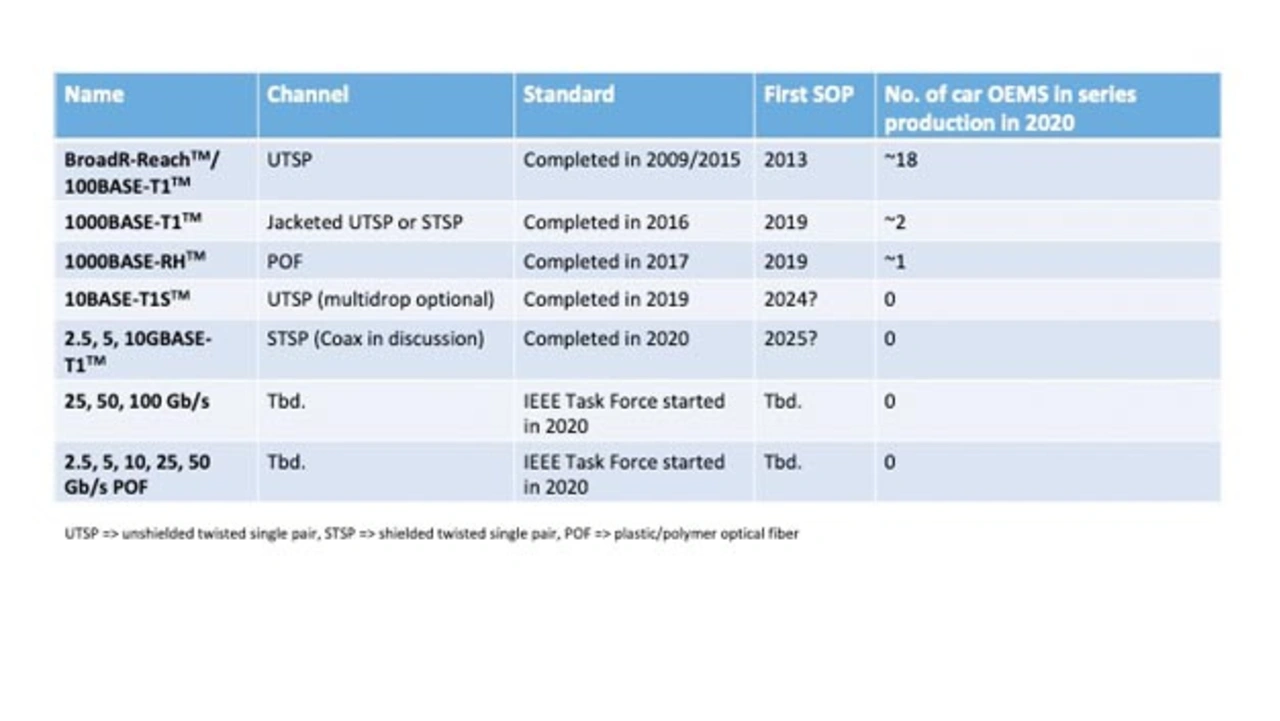
Table 1 gives an overview on the different automotive suitable Ethernet physical layer technologies and their adoption. It can be seen that there is a significant time lag between completion of a standard and (close to) full adoption in the industry. We see a risk that the automotive industry is getting overwhelmed and stymied by all that is happening at once and that in that process, the necessary changes with and real chances of using Automotive Ethernet ubiquitously are missed.
Challenge 1: Competing communication technologies
100 Mbps Ethernet addressed a clear gap. There was no real other IVN technology satisfying the speed range and its anticipated use cases, and so the Ethernet standard found an industry sweet spot. 1,000 Mb/s Ethernet also partly addressed a gap in speed. Those IVN applications requiring either less than 100 Mb/s or greater than 1,000 Mb/s, however, already are served by other, sometimes well-established technologies in automotive. These speed grades in automotive Ethernet find more significant competition in both the lower- (e.g., FlexRay, various CAN variants and A2B audio bus) and higher-speed areas (e.g., SerDes serializer-deserializer, USB, and PCIe), see also Figure 1.
Is it better to try to get all of the IVN under one technological umbrella, or is the diversity of technologies an advantage? Given the fragmented state of practical, real-world adoption across the world’s automotive OEMs, this question represents the core of the debate. Some technologies, such as Ethernet, are generalized and can be used for a wide range of applications; others are tailored and cost-optimized for a small set of use cases. Do the advantages within these use cases justify the effort of bridging between the technologies and having to support and maintain them over decades – even after end of production?
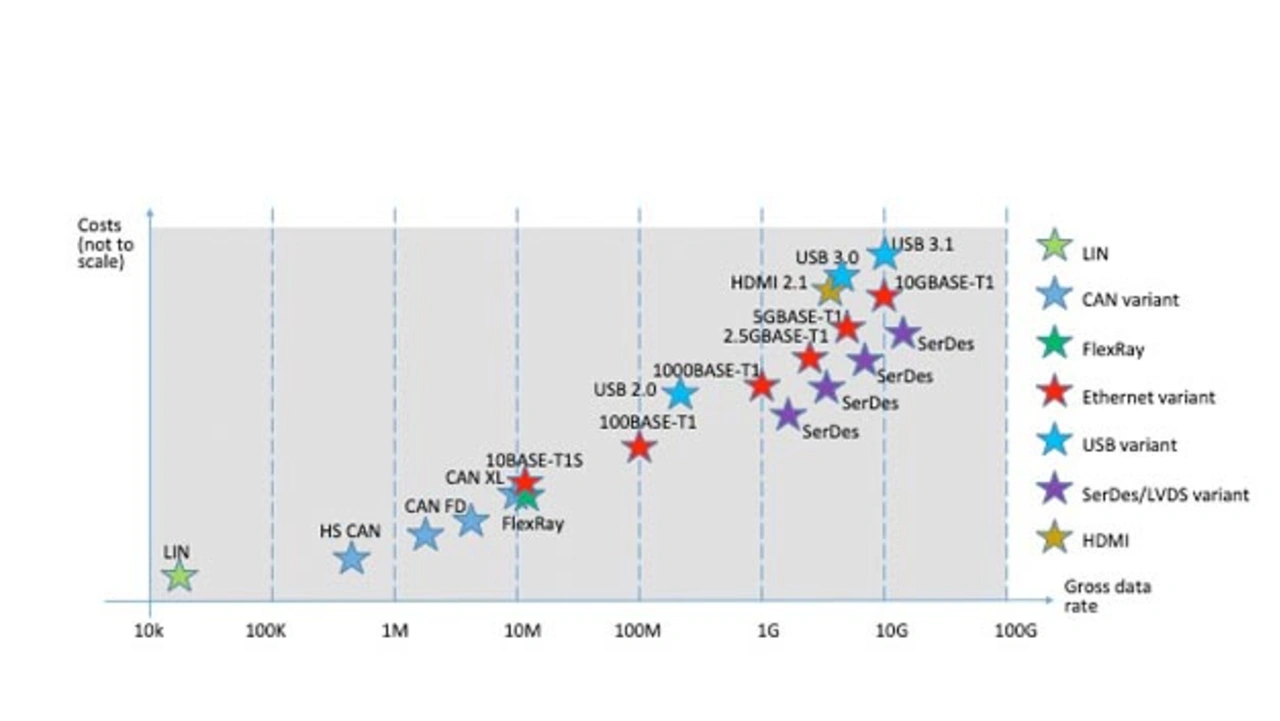
There are various concerns with tailored technologies. For one, if a technology has been successfully introduced it is likely to be extended with new features for additional applications, with the result to lead to overlap and over-engineering. Technologies invented for one use case can quickly turn monolithic and complex when extended for other uses, vaporizing their former cost advantages.
Secondly, the markets for specific use cases are often small and the technologies are proprietary. This introduces particular challenges for automotive networking. Cost is not necessarily the biggest among them. Qualification challenges are generally more troublesome. A car has thousands of different parts, and each of them needs to be qualified to a very high level for the sake of safety and reliability. This demands specialized experts and tools, too. The more standardized a technology is, the more likely it is that this crucial qualification ecosystem (of test houses, vendors, intelligent tools, training, etc.) can take root and grow up around it. Standardized technologies also tend to yield a much more diversified and refined product portfolio—the customer can attain the optimum product for its particular requirements and differentiate its offering accordingly.
And are specialized technologies really that much more suitable from the application point of view than Automotive Ethernet? This lead to the second challenge.
Challenge 2: Truly leveraging the protocols available for Ethernet-based communication
Ethernet it is not only a new physical layer (PHY) with a large number of speed grades that is being introduced for the automotive industry. Figure 2 shows an example protocol stack that lists some of the existing protocols that can be (re-)used for different applications with Ethernet. It can be seen that the different PHY technologies represent only a small portion of the overall system. This is a huge advantage of Automotive Ethernet, most evident in the protocols addressing security. However, reusing protocols to this extend is new in the automotive industry, where most communication technologies generally only cover the layers 1 and 2 and do not support security.
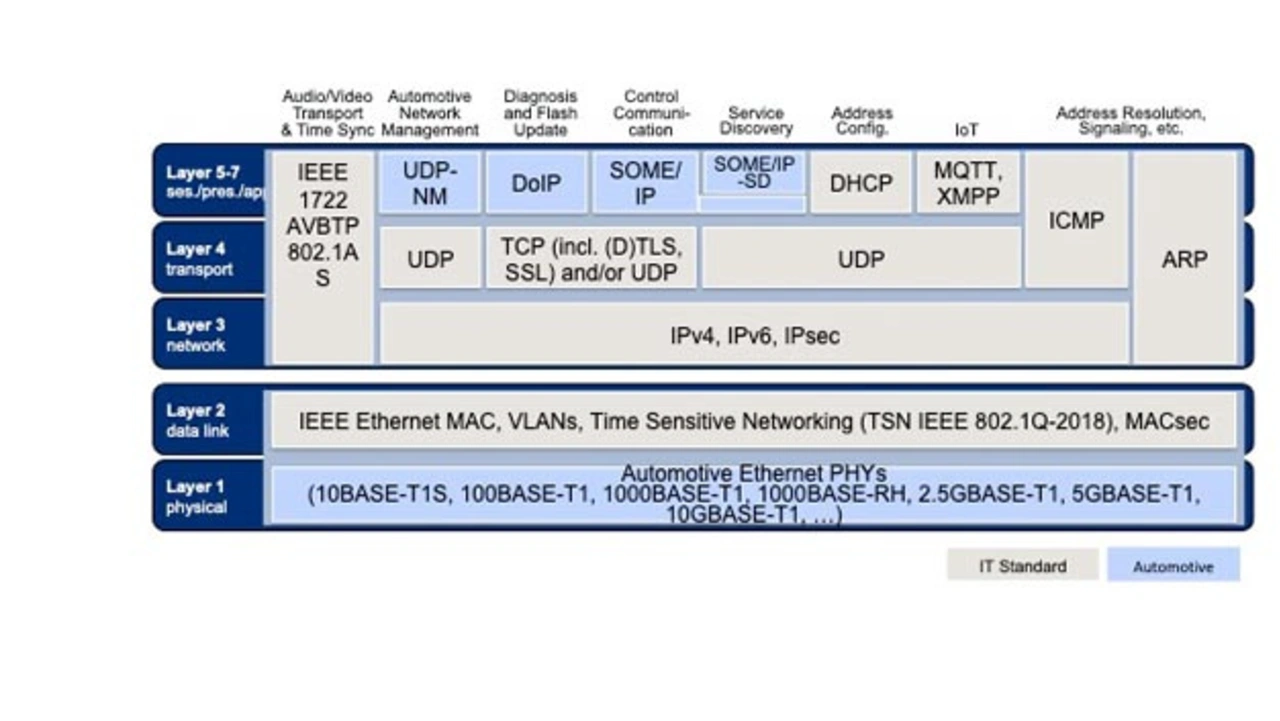
Additionally, most communication systems allow for only one type of Quality of Service (QoS) as it was defined for that particular technology. With Ethernet this is different. For Ethernet a large set of QoS options is available thanks to the TSN specifications that have been and are still being defined at IEEE. These options allow data streams with different QoS requirements and even of different (virtual) networks to share the same wiring. However, because this is new and unfamiliar, it seems “complex”. And yes, it does require learning and experience. Both, the Avnu Automotive AVB profile and the ongoing IEEE P802.1DG Automotive TSN profiles, have been developed to aid that process. The opportunities arising from understanding and efficiently using these protocols on top (the only exchanged) physical layer outweigh the initial efforts in the long run.
Challenge 3: Truly leveraging the communication principles of Ethernet
Ethernet brings new communication paradigms to the automotive world altogether. CAN and FlexRay, for example, work as notice boards (any information is shared with everyone else on the network – called broadcast) — without inherent interest or visibility into which systems might be interested in or pay attention to a given notice. This works fine with a small radius of only a few units being part of the communication. As soon as the communication extends this small radius, the information, which data is needed where exactly, must be tracked (more or less manually) outside the technology and standard and be made available in the respective gateways. Furthermore, if, for example, software virtualization or services are to be enabled across a vehicle, you suddenly have a problem with such an approach. Ethernet delivers worldwide ubiquitous addressing for packets (unicast, multicast, and broadcast) and the switches connecting Ethernet links are self-learning. All the way to the back end of the car manufacturer, Ethernet delivers barrier-free communication. The industry has not fully leveraged this packetization concept, yet, and cannot do so as long as pure broadcast communication systems are part of the network.
Service orientation versus signal orientation is another conceptual change coming to the industry. In case of signal orientation, a customer function is directly connected to and has to care about every aspect of the e.g. sensor data it uses; what sensors are available, at what resolution, how the sensor data is transmitted, whether the data is recent, etc..
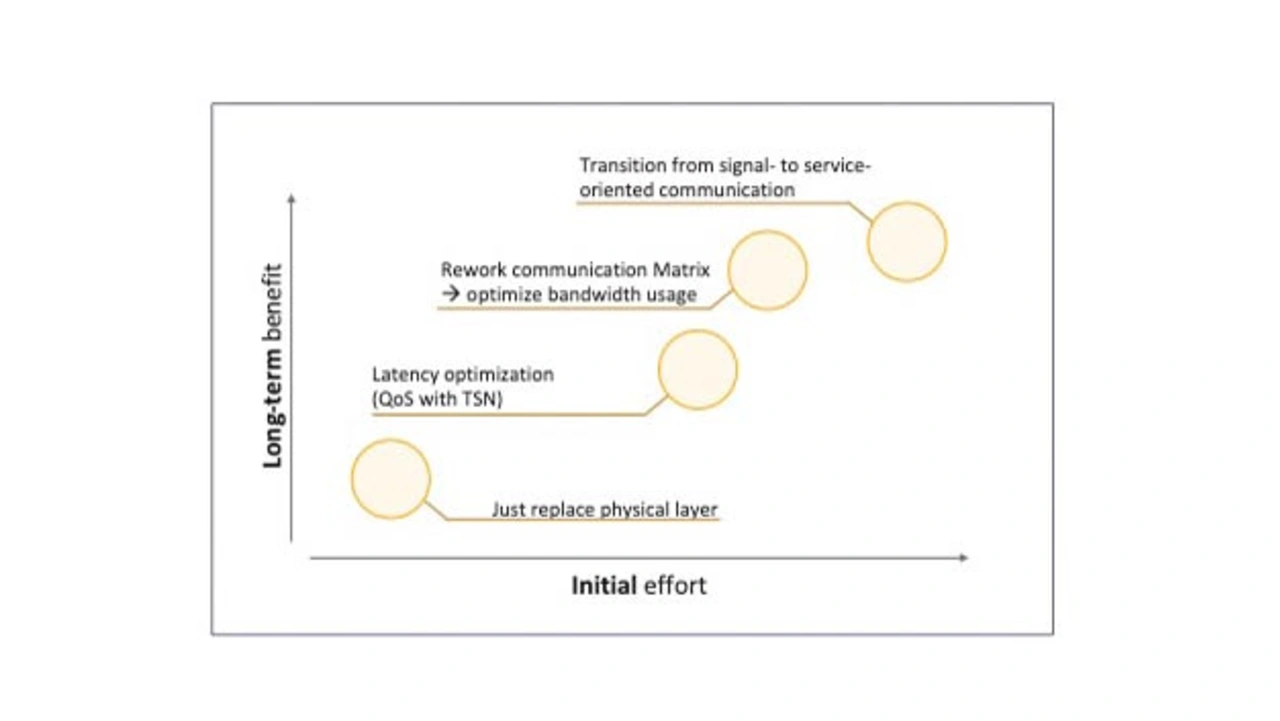
It is like going to the bakery to buy a pretzel and having to ensure the farmer had seeds, did his farming right, gave the grains to the mill, the flour got to the bakery and that the baker has ovens and power and does his job right, too. Service orientation allows for a separation of concerns. You no longer care where the baker gets the flour from, and the baker also does not have to care about the farmer. The baker buys flour of a certain quality from whoever offers it best at the time. All everyone cares about is that the product they buy is right. Speaking in automotive: A function e.g. only needs to know what objects are between the car and 50 meters ahead of it with a given precision and actuality. It does not need to know which sensors were actually used to generate that information.
Technologies on top of Ethernet like SOME/IP (for “Scalable service-Oriented MiddlewarE over Internet Protocol”) support such a service-based architecture with service-based communication, meaning that there is a defined method how services are discovered and usable in a distributed network. Figure 3 shows that the biggest long-term benefits in using Ethernet do not lay in the scalable physical layer alone, but rather in combining all of the discussed concepts efficiently.
Challenge 4: Centralization changes the need for communication
Another dynamic to the conversation about IVN choices is centralization of the electrical and electronic (E/E) architecture. OEMs are moving towards a zonal concept of having (perhaps redundant) central computing units in the car attached to peripherals. In this way, a few high-performance electronic control units (ECUs) – often also referred to as high-performance computers (HPC) – would be interconnected via low-latency, high-bandwidth technologies as shown in Figure 4, while sensors and actuators would get aggregated in physical zones at specific ECUs.
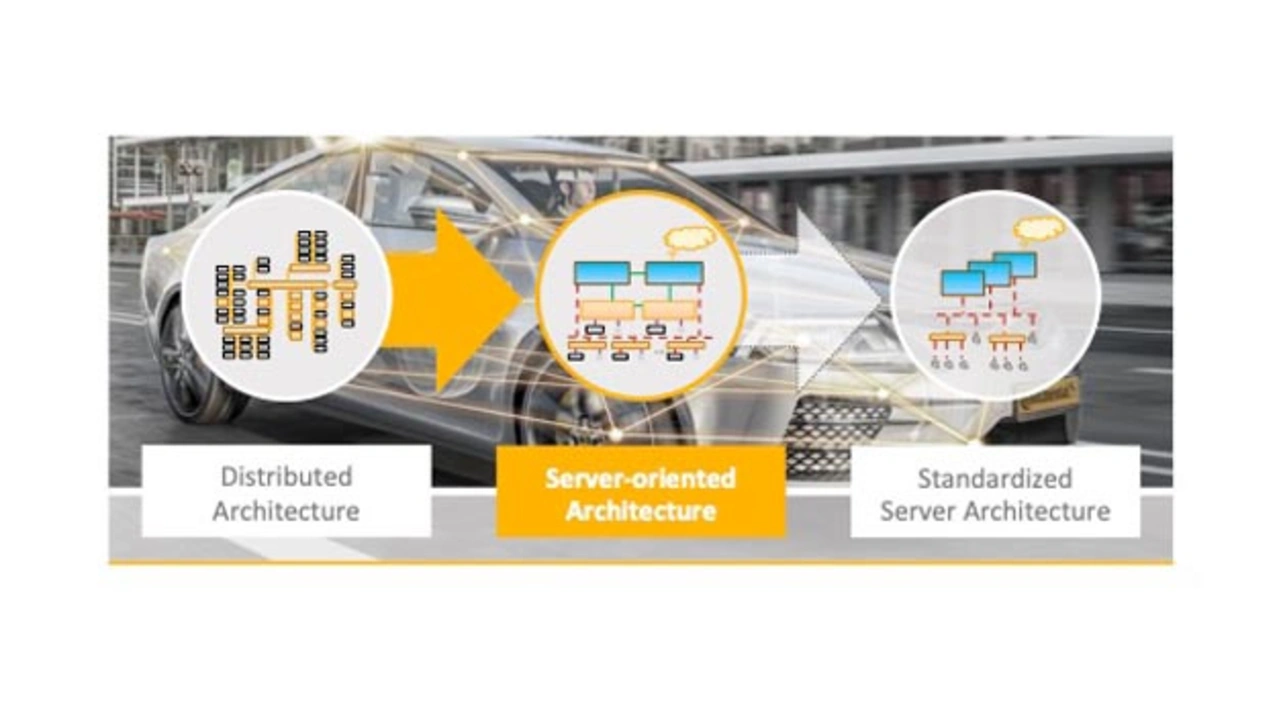
That would mean that we might need less wires for networking in the car in the future. It’s important that the industry fully understands and accounts for the new trends in the underlying E/E architecture.
Focusing and Moving Forward
The gaps in progress toward ubiquitous automotive Ethernet are evident and varied:
- Some OEMs are already asking for multi-Gigabit Ethernet, while some car makers have only scratched the surface of the true potential of what is already available. Some, for example, fail to utilize the potential payload efficiency available to them, simply transporting one CAN frame with 8 bytes of payload via Ethernet at a time, when a single Ethernet frame has a minimum 64 Bytes and up to 1,500 Bytes worth of payload.
- All physical layer technologies need to be enabled and supported. This binds resources that otherwise could be used to internalize the true changes Ethernet allows for in respect to protocol use and communication paradigms, which in return allow to truly change how we develop cars in the future. If the industry misses putting the respective effort into leveraging these advantages, Ethernet’s career might end before it really began.
It is critical that decision makers across the global automotive industry do not get distracted by the new and the next. We must dig deeper with what we have on the table instead and eliminate industry fragmentation. We must learn how to use the technologies in the most efficient manner — not only on the PHY level but also with respect to efficient data packaging, architectural changes, protocols, service-vs.-signal orientation, etc. We must better explore and understand Ethernet at all layers of the software and protocol stack to realize the revolutionary potential and benefits it holds for our industry.
Crucial progress clearly has been made. But, in automotive, the last 20 percent of the job of getting a technology truly reliable and tamed for all circumstances in millions of vehicles around the world usually demands 80 percent of the work. In the context of Automotive Ethernet, a mind change needs to set in, an addition to the robust use of the technology. Ethernet-based communication allows to develop cars differently and thus to optimally support the divers requirements of the car manufactures. Our industry’s potentially more tedious, less visible steps on the journey toward ubiquitous automotive Ethernet are left to be taken.
Authors


Relevant Events covering Automotive Ethernet
These topics and many more are being discussed at the annual events Automotive Ethernet Congress by Weka Fachmedien (February 9 – 11th, 2021 a virtual conference) as well as the anniversary of the IEEE Standards Association Ethernet & IP @ Automotive Technology Day (November 3rd/4th, 2021 in Munich).
